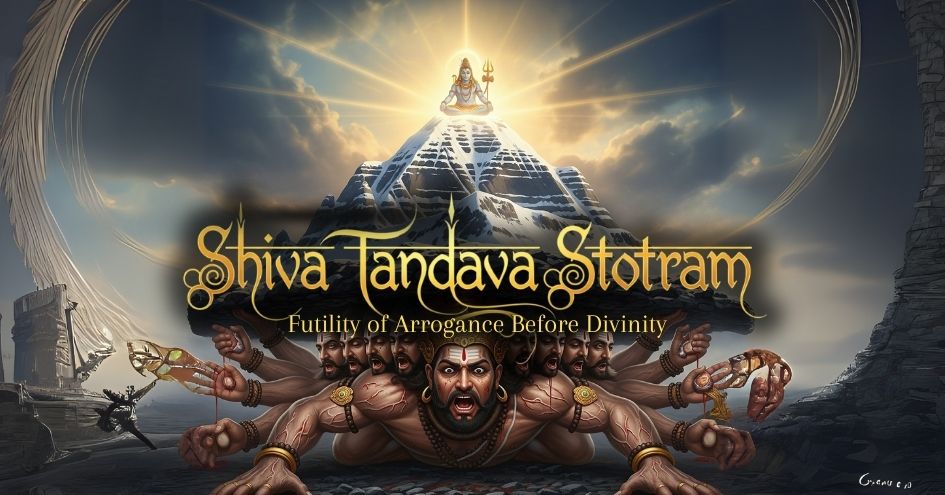
Among the many hymns dedicated to Lord Shiva, none is as powerful, majestic, and rhythmically enchanting as the Shiva Tāṇḍava Stotram. Its verses roll like thunder, evoking the image of the cosmic dance of Naṭarāja-the eternal Shiva performing his Tāṇḍava, the dance of creation, preservation, and destruction. But what is the story behind this immortal composition, and who was its inspired author?
The Poet Behind the Hymn: Rāvaṇa
The Shiva Tāṇḍava Stotram is traditionally attributed to Rāvaṇa, the king of Laṅkā, the legendary antagonist of the Rāmāyaṇa. Though often remembered as a tyrant, Rāvaṇa was also a devout scholar, a master of the Vedas, an accomplished musician, and an ardent devotee of Lord Shiva. His devotion was so intense that he is remembered among the greatest of Shiva bhaktas in Hindu tradition.
According to legend, Rāvaṇa once performed severe penances to please Lord Shiva and gain immense power. It is during one such act of devotion that the Shiva Tāṇḍava Stotram was born.
The Birth of the Stotram: The Kailāsa Episode
One of the most popular legends narrates that Rāvaṇa, intoxicated by his own strength, once tried to lift Mount Kailāsa, the abode of Shiva and Pārvatī, to carry it back to Laṅkā. Using his mighty arms, he shook the mountain, causing alarm in Kailāsa. Pārvatī, frightened, clung to Shiva, but Shiva, calm and amused, pressed the mountain down with his toe. The immense weight trapped Rāvaṇa beneath Kailāsa, crushing his pride.
Unable to free himself, Rāvaṇa realized his folly and turned to devotion. In that moment of desperation and surrender, he began to sing in praise of Shiva, pouring all his genius, rhythm, and emotion into the verses. These praises took the form of the Shiva Tāṇḍava Stotram. It is said that each verse matched the rhythm of Shiva's cosmic dance, and its booming cadences reflected Rāvaṇa's own agony and ecstasy. Pleased with his surrender and devotion, Shiva forgave Rāvaṇa and granted him great boons, including the powerful sword Chandrahasa.

The Nature of the Stotram
The Shiva Tāṇḍava Stotram is a masterpiece of Sanskrit poetry. Composed in a vigorous meter (called śikhariṇī), its verses mirror the pounding rhythm of a divine drum. The stotra describes:
What makes the hymn unique is its fusion of awe and surrender—it captures both the terrifying and the blissful aspects of Shiva, reflecting Rāvaṇa's own relationship with his chosen deity.
Significance in Tradition
Over time, the Shiva Tāṇḍava Stotram has become one of the most chanted hymns in Shaivism. Devotees believe that chanting it with devotion invokes Shiva's blessings, purifies the mind, and fills the heart with strength and fearlessness. The hymn also embodies the philosophy of non-duality, where destruction and creation are not opposites but integral parts of the same cosmic rhythm.
The stotra is still sung in temples, homes, and classical performances, often accompanied by dance and music that attempt to capture the grandeur of Shiva's Tāṇḍava.
Legacy of Devotion
Though Rāvaṇa is remembered as a mighty king who fell due to his arrogance, the Shiva Tāṇḍava Stotram reveals another side of his character-a soul overwhelmed by divine beauty and power. His hymn remains one of the finest examples of how devotion can emerge even in the midst of pride and suffering, leaving behind an eternal legacy of poetry and spirituality.
The Shiva Tāṇḍava Stotram is not merely a hymn; it is an experience-a poetic dance where sound, rhythm, and devotion merge into a cosmic vibration. Born from the penance and passion of Rāvaṇa, it continues to echo through centuries, reminding devotees of the terrible yet blissful dance of Lord Shiva, the eternal Naṭarāja.
Futility of Arrogance Before Divinity
The episode of Rāvaṇa lifting Mount Kailāsa (called Rāvaṇānugraha-mūrti or Rāvaṇānugraha panel) was very popular in Indian temple art and has been carved in stone in many sacred sites. Here are some important examples:
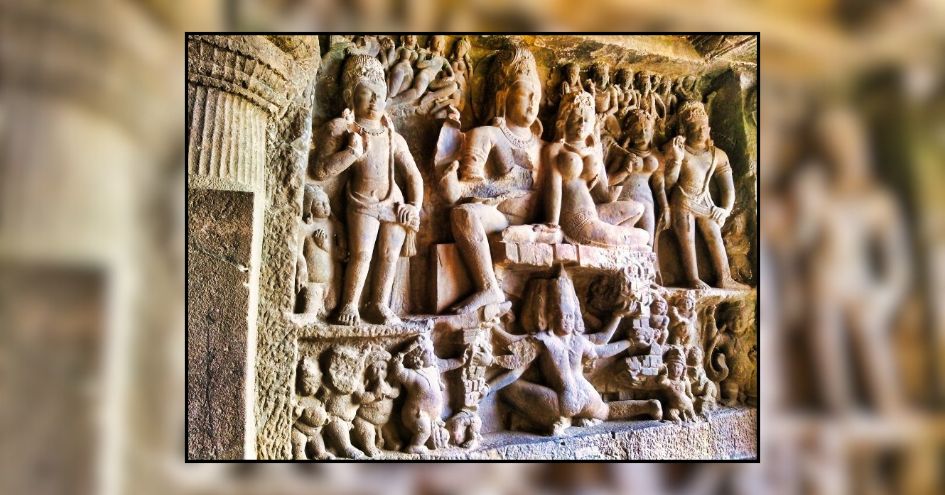
1. Ellora Caves (Maharashtra) - Kailasanatha Temple (Cave 16)
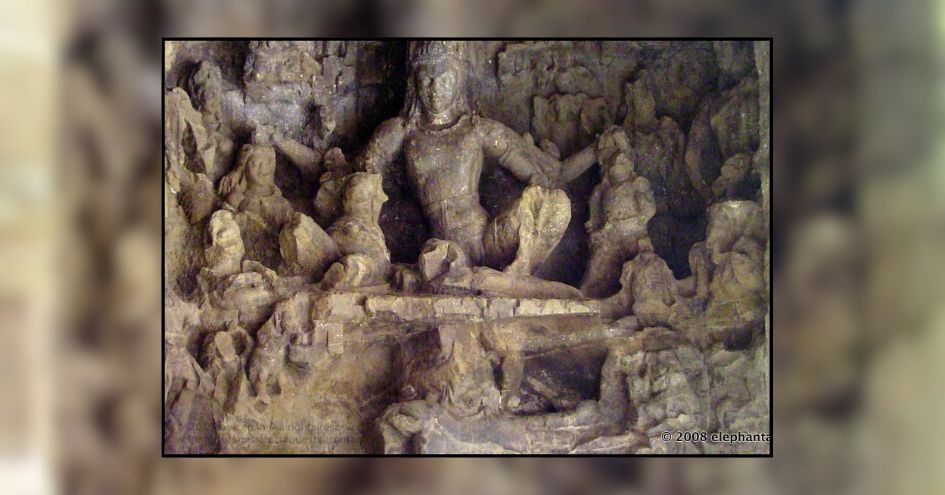
2. Elephanta Caves (Maharashtra)
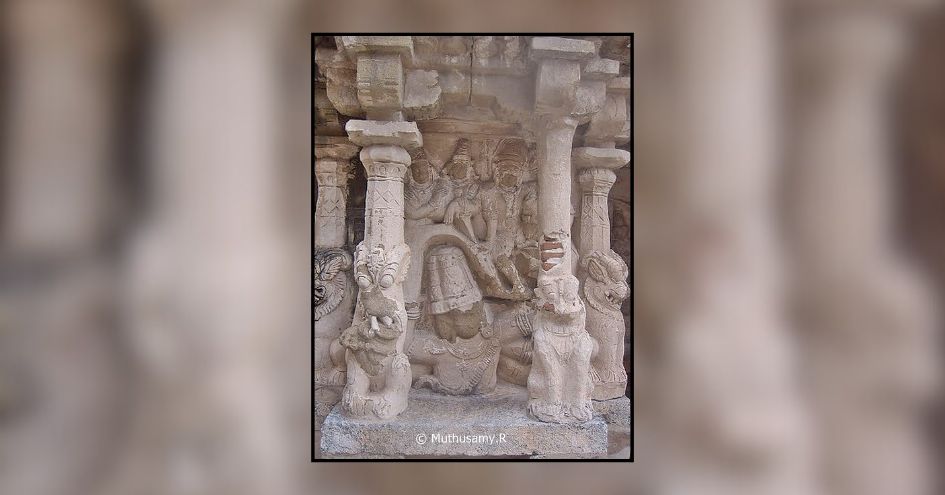
3. Kailasanathar Temple, Kanchipuram (Tamil Nadu)
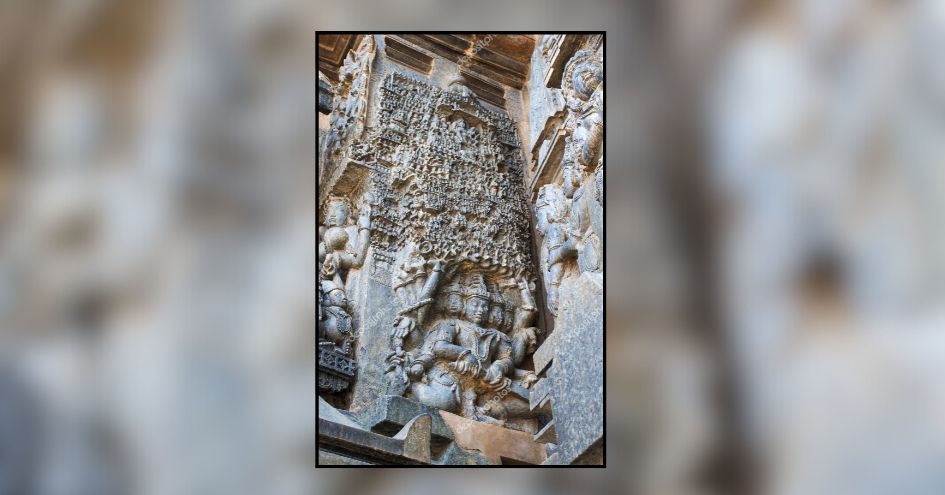
4. Chola and Later Temples (Tamil Nadu)
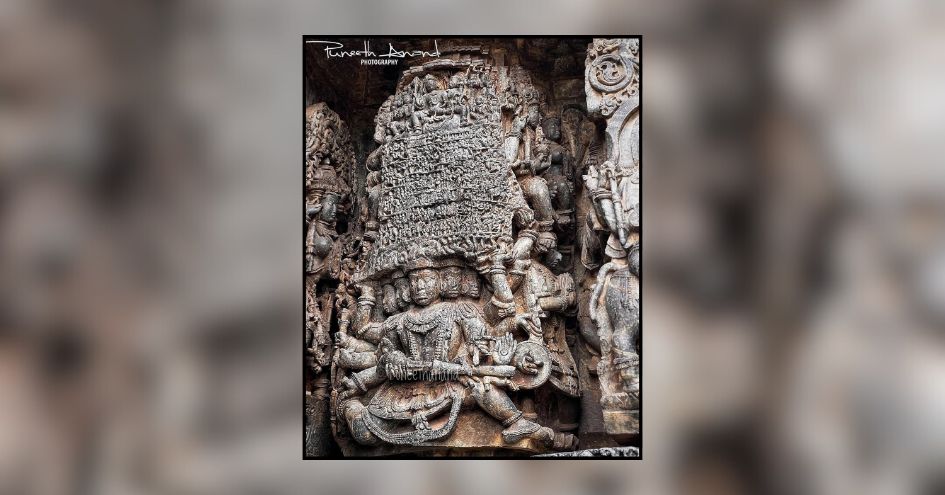
5. Khajuraho Temples (Madhya Pradesh)

6. Other Sites
Why Was This Motif so Popular?
The Rāvaṇānugraha scene is a visual parable of pride and surrender:
It became a favorite subject for sculptors because it conveyed both the majesty of Shiva and the futility of arrogance before divinity.
 Founder of The Verandah Club and Convenor of INTACH Coimbatore. A passionate traveller and trendspotter, he lives by the philosophy Dharmo Rakshati Rakshitah.
Founder of The Verandah Club and Convenor of INTACH Coimbatore. A passionate traveller and trendspotter, he lives by the philosophy Dharmo Rakshati Rakshitah.
PREVIOUS ARTICLE
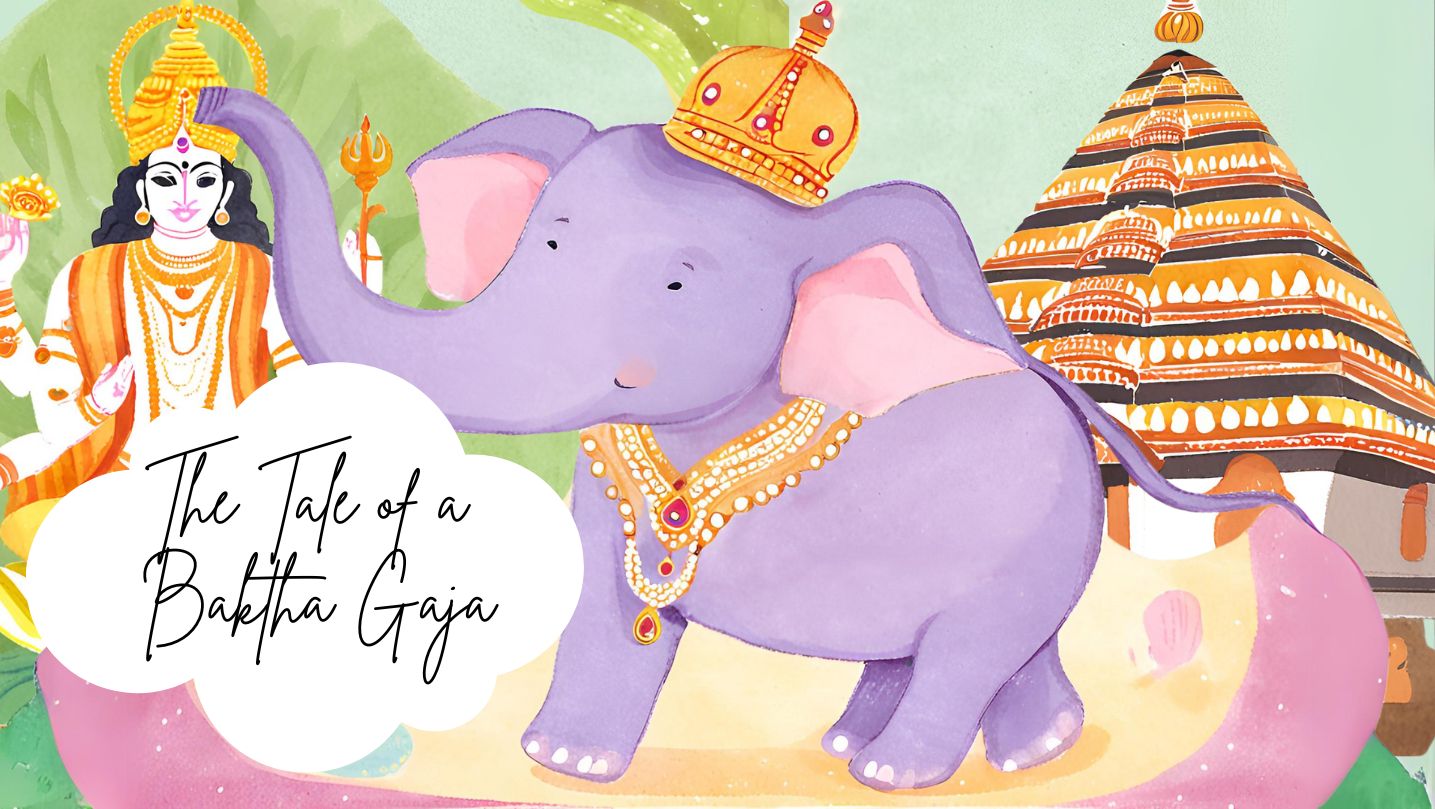
In the lush, green heart of Kerala lived an elephant who became a living legend - a tale of an elephant turned into a bakth. His name was Keshavan, bu...

Bharat has exploded onto the world scene and made global news with its hard-hitting “Operation Sindoor” that struck at the heart of terrorism and laun...
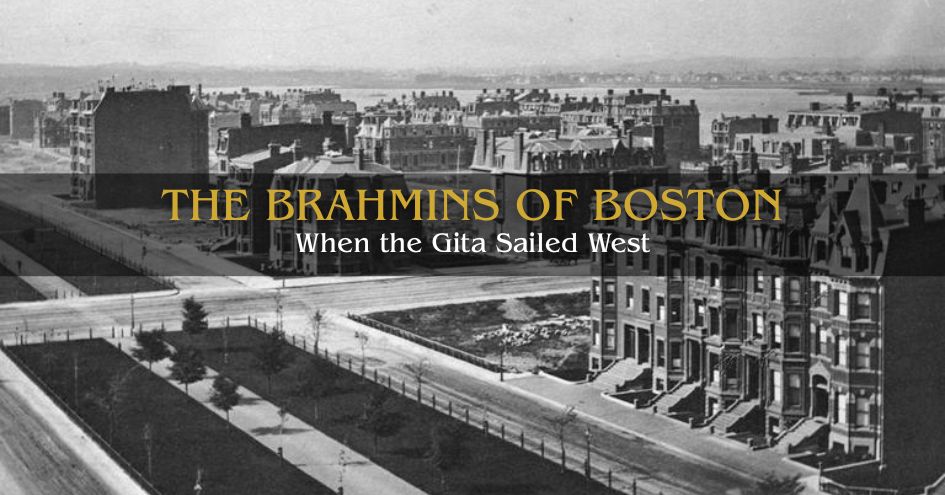
In the bustling age of global trade, Boston—a thriving port city on America’s eastern coast—stood tall as a beacon of commerce. In the early 18th cent...